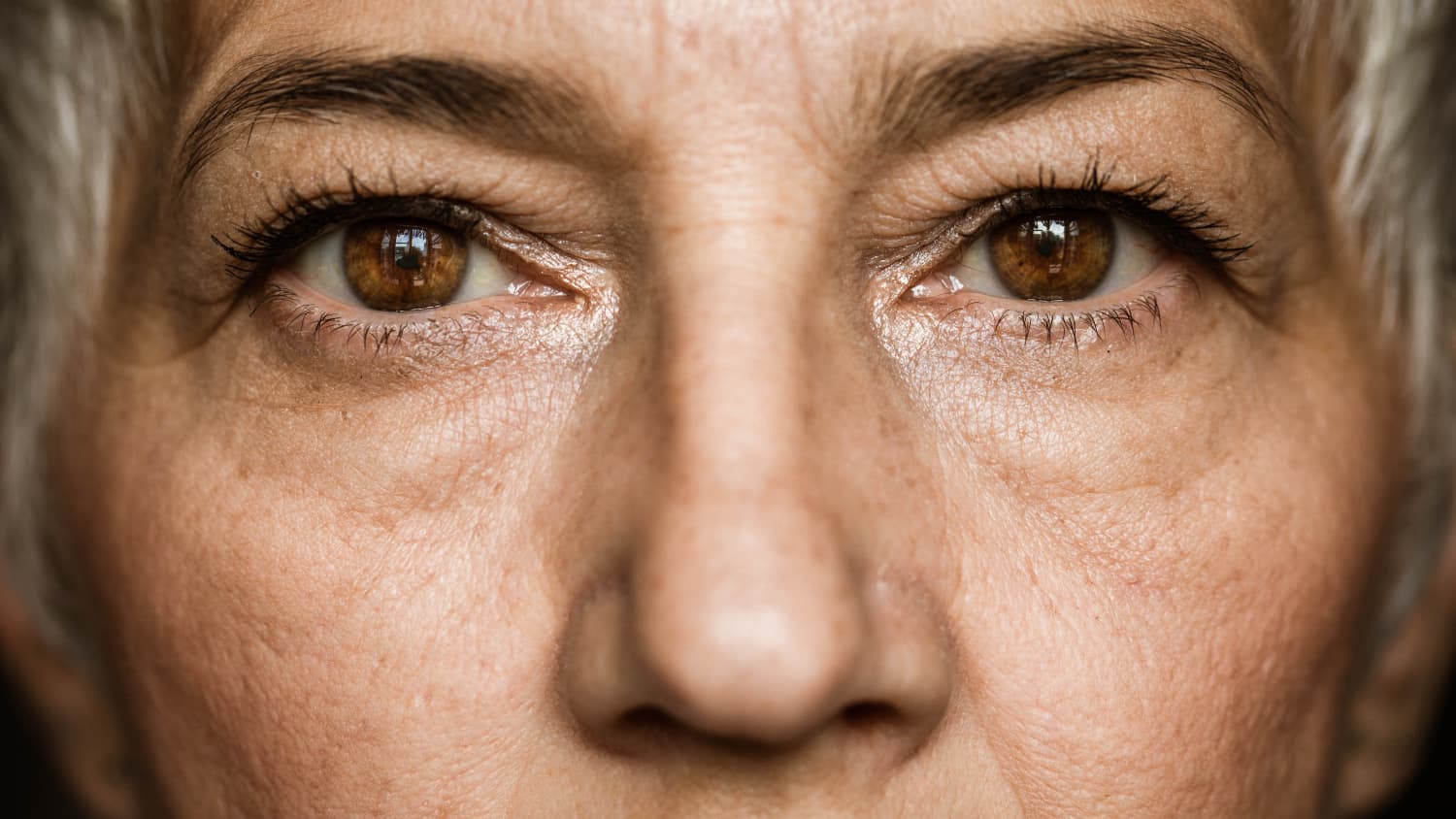There are no products in your cart
Categories
TOP
TOP
- 1. COVID -19 SEJOY rapid antigen test for nasal passages
- 2. Rapid test for COVID-19 antigens
- 3. AteroLip complex N90. Better price!
- 4. 3 PCS of AteroLip complex N90 better price!
- 5. BASICA SPORT, 660 g
- 6. 4 PCS of AteroLip complex N90 better price!
- 7. A+E vitamins Nourishing Ointment 60g BIG PACK
- 8. Sale! 3 PCS of FORCAPIL, effective nutritional supplement for ...
- 9. Orthomol Immun (30 daily doses)
- 10. Orthomol Arthro plus (30 daily doses)
Now Online
Now Online
We have 1249 guests online
Health
How does headache affect daily life?

Headache is one of the most common complaints received in medical practice and can have various causes and manifest in different ways. This symptom can be an independent sign of the disease or appear as a symptom of other diseases. Headaches are divided into primary, when they are the main manifestation of the disease, and secondary, when they occur as a result of another underlying medical condition.
What is stye? More about eyelid inflammation

A stye is an inflammation of the eyelid that is usually caused by an infection caused by bacteria, usually staphylococci. This inflammation is usually located on the edge of the eyelid or at the hair follicle, causing redness, swelling and a painful bump. In the case of stye, not only local symptoms, such as pain, redness, swelling, but also more general symptoms, such as increased temperature and discomfort when blinking, can be observed. It is important to emphasize that stye is usually a self-limiting disorder that usually resolves within 1-2 weeks without specific treatment, but in some cases medical treatment, including antibiotics or anti-inflammatory drugs, may be required.
Stress, its reduction and psychological well-being

Stress is a universally experienced condition that can have both positive and negative consequences for a person's health. Long-term exposure to stress can lead to a variety of health problems, including heart disease, diabetes, depression, and anxiety. However, there are proven ways to prevent or reduce the effects of stress, especially through healthy eating and physical activity.
Ear infection and how to prevent it

Ear inflammation, or otitis, is a general term for inflammation of the outer or middle ear, which can occur in people of different ages for a variety of reasons. This condition can cause a variety of unpleasant symptoms, such as ear pain, discomfort, sometimes fever and hearing problems, which can significantly affect a person's daily life and overall health.
Cataract. What can reduce its risk?
A cataract is a clouding of the lens of the eye that usually develops gradually and can affect one or both eyes, greatly affecting a person's vision. This condition is one of the leading causes of vision loss worldwide, especially in old age. Cataract formation is associated with many factors, including age, genetics, exposure to ultraviolet rays, certain diseases (such as diabetes), smoking, alcohol consumption, and even long-term use of certain medications such as corticosteroids.
More Articles...
Page 1 of 44







